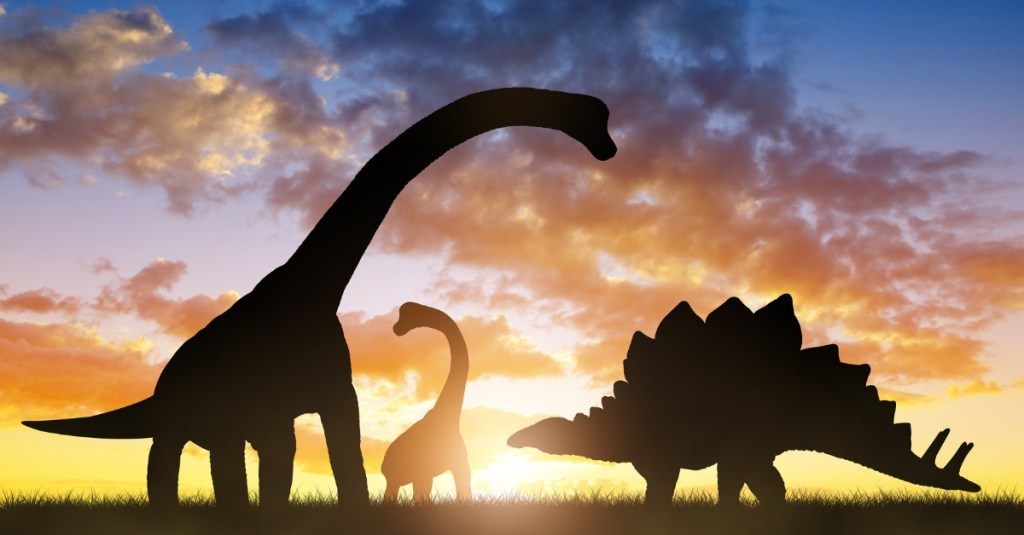BREAKING: A groundbreaking new study has revealed that the violent mating habits of dinosaurs may be key to identifying their genders. Researchers from Queen’s University Belfast have published their findings in iScience, shedding light on a long-standing mystery in paleontology.
The research focuses on the remains of hadrosaurs, commonly known as duckbilled dinosaurs. These findings indicate that the top vertebrae of hadrosaur tails frequently show signs of healed fractures, suggesting a pattern of behavior linked to mating rather than injury from predators.
UPDATE: Over hundreds of fossils from sites across Eurasia and North America were analyzed, revealing that these fractures are consistent across different regions. The absence of bite marks confirms that these injuries were not the result of predation or combat, pointing to a different kind of struggle—one of a sexual nature.
According to the study’s lead author, Filippo Bertozzo, this research opens “the first door on sexual behavior of dinosaurs.” The evidence suggests that male hadrosaurs may have engaged in particularly rough mating practices, where they crushed females’ tails during the act. Computer models support this theory, indicating that the required forces for such injuries align with the physics of dinosaur mating.
This rough behavior, while potentially harmful, did not prove fatal to the females. The healed fractures indicate that these injuries were likely just an occupational hazard of procreation, allowing the females to survive and continue reproducing. Professor Gareth Arnott highlights parallels with modern species, noting that many animals today, such as sea lions and certain turtles, exhibit similarly violent mating behaviors.
The implications of this study extend beyond mere curiosity about dinosaur sex lives. Understanding these patterns could help paleontologists better identify sexual dimorphism in fossils, aiding in the classification of ancient species.
As this research gains traction, experts emphasize the importance of continuing to explore the sexual behaviors of ancient creatures, which could lead to deeper insights into the evolutionary biology of dinosaurs.
Stay tuned for more updates as researchers continue to unveil the secrets of our planet’s prehistoric past. This study is not just a fascinating glimpse into the life of dinosaurs, but a significant advancement in our understanding of their biology and behavior.







